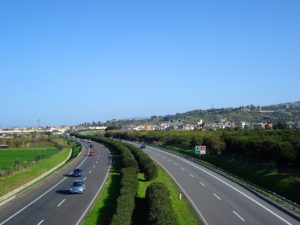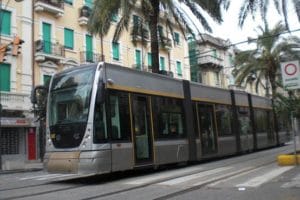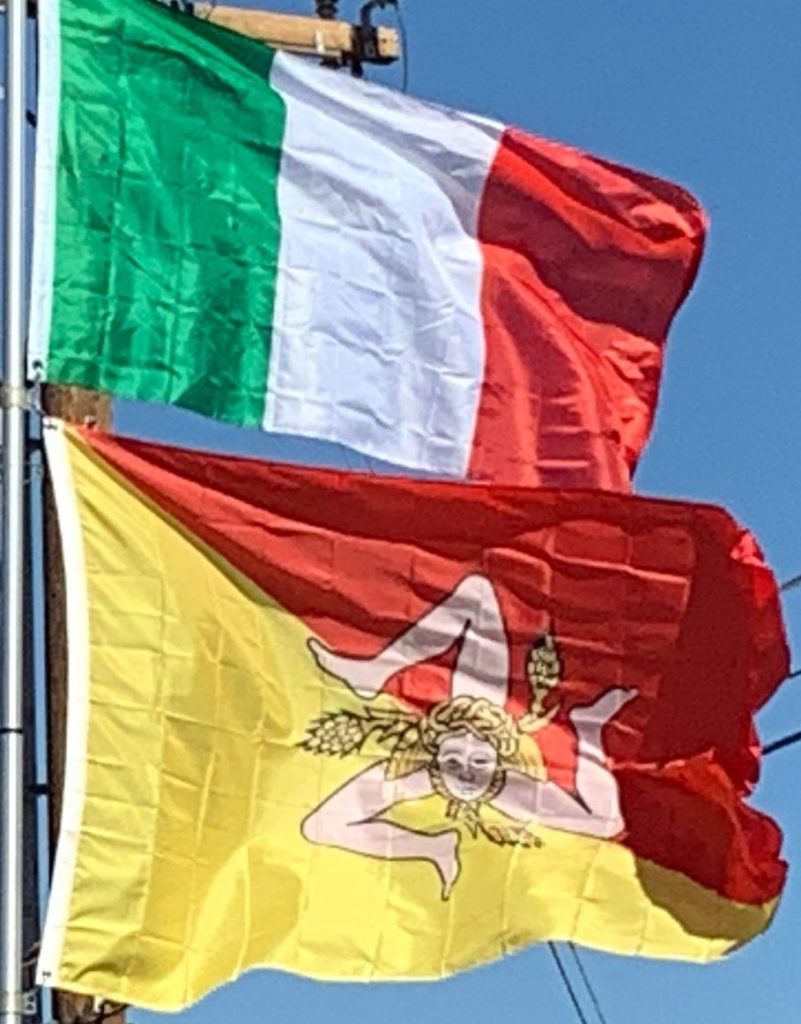Sicily has long been noted for its fertile soil due to volcanic eruptions. The local agriculture is also helped by the pleasant climate of the island. The main agricultural products are wheat, citrons, oranges, lemons, tomatoes, olives, olive oil, artichokes, prickly pear, almonds, grapes, pistachios, and wine. Cattle and sheep are raised. The cheese productions are particularly important thanks to the Ragusano DOP and the Pecorino Siciliano DOP. Ragusa is noted for its honey and chocolate productions.
Sicily is the third largest wine producer in Italy after Veneto and Emilia Romagna. The region is known mainly for fortified Marsala wines. In recent decades the wine industry has improved, new winemakers are experimenting with less-known native varieties, and Sicilian wines have become better known.

Sicily is also known for its liqueurs, such as the Amaro Averna produced in Caltanissetta and the local limoncello.
Fishing is another fundamental resource for Sicily. There are important tuna, sardine, swordfish and European anchovy fisheries. Mazara del Vallo is the largest fishing centre in Sicily and one of the most important in Italy.
Transportation:
Highways have been built and expanded in the last four decades. The most prominent Sicilian roads are the motorways (known as autostrade) in the north of the island. Much of the motorway network is elevated on pillars due to the island’s mountainous terrain. Other main roads in Sicily are the Strade Statali, such as the SS.113 that connects Trapani to Messina (via Palermo), the SS.114 Messina-Syracuse (via Catania) and the SS.115 Syracuse-Trapani (via Ragusa, Gela and Agrigento).

The first railway in Sicily was opened in 1863 (Palermo-Bagheria) and today all of the Sicilian provinces are served by a network of railway services, linking to most major cities and towns; this service is operated by Trenitalia. Of the 1,378 km (856 mi) of railway tracks in use, over 60% has been electrified whilst the remaining 583 km (362 mi) are serviced by diesel engines. From the major cities of Sicily, there are services to Naples, Rome and Milan; this is achieved by the trains being loaded onto ferries which cross the Strait.
In Catania there is an underground railway service (metropolitana di Catania); in Palermo the national railway operator Trenitalia operates a commuter rail (Palermo metropolitan railway service), the Sicilian Capital is also served by 4 AMAT (Comunal Public Transport Operator) tramlines; Messina is served by a tramline.

Mainland Sicily has several airports that serve numerous Italian and European destinations and some extra-European.
Catania-Fontanarossa Airport, located on the east coast, is the busiest on the island.
Palermo International Airport, which is also a substantially large airport with many national and international flights.
Trapani-Birgi Airport, a military-civil joint-use airport (third for traffic on the island). Recently the airport has seen an increase in traffic thanks to a low-cost carrier.
Comiso-Ragusa Airport, has recently been refurbished and re-converted from military use to a civil airport. It was opened to commercial traffic and general aviation on 30 May 2013.
